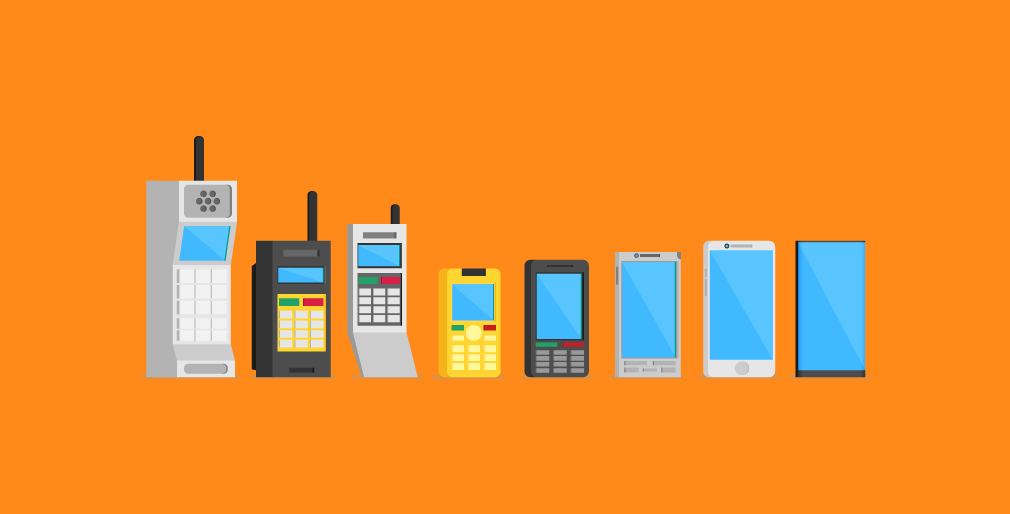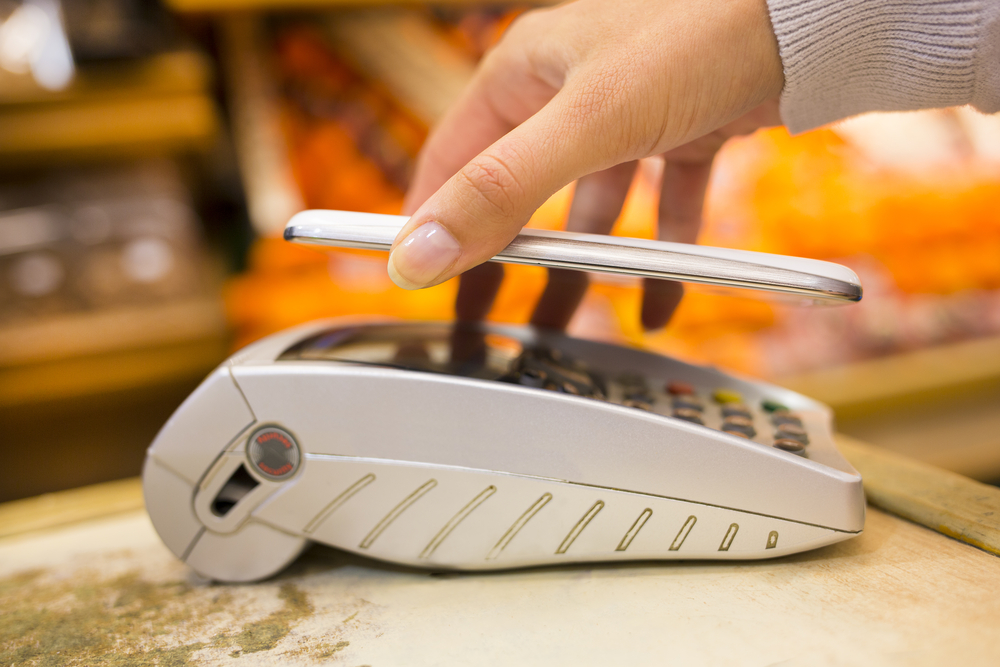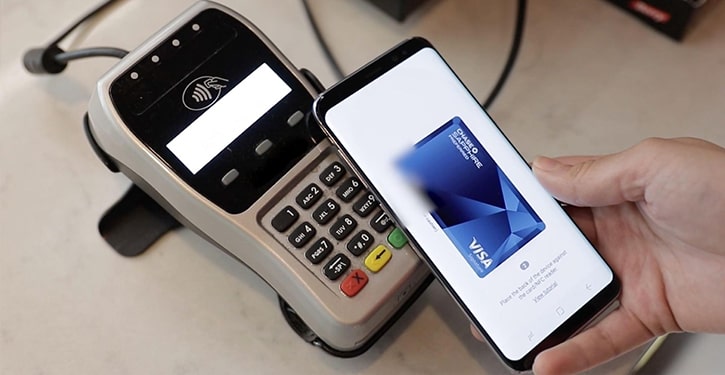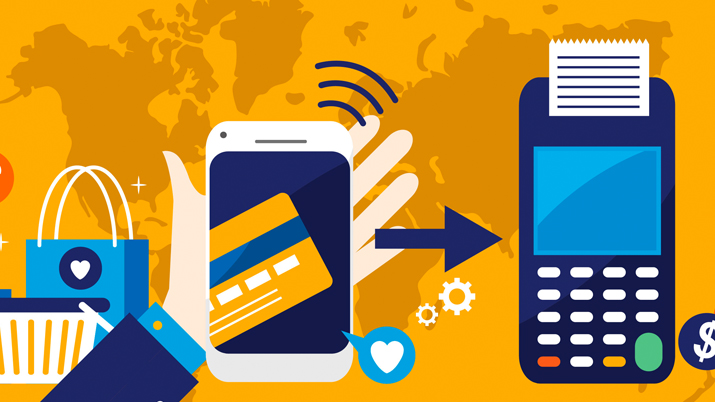The processing and implementation of mobile payments have come a long way since the introduction of the first mobile phone. The history of mobile payments began with the introduction of the charge in the early 20th century.

The very first charge card did not come until 1921 being used by western Union customers to retrieve funds. Various department stores and even hotels began the practice of offering charge cards to customers while traveling to avoid having to use hometown or local banks. John Biggins help emerges the first true credit card in 1946 with the “Charg-It” card followed by Frank McNamara’s Diner’s Club Card used after he forgot his wallet while eating out. Banks such as American Express and Bank of America would later create plastic cards as we know them today in the 1960s. The BankAmericard, founded in 1958, became the first modern-day credit card to be issued by a third-party bank.

By 1977, Visa created its first card becoming one of the world’s most recognized financial services corporations. In 18983 David Chaun, an American cryptographer, began working to create digital cash proceeding through the inventions of “the blinding formula” This formula is an extension of the RSA algorithm used in web encryption thus the beginning of cryptocurrencies. In 1994 online bill pay and banking were introduced to the public. During this year, for the first time, it is speculated an online order from Pizza Hut was conducted for purchase. Coca-Cola began to introduce vending machines with SMS payments in 1997. Exxon Mobil showcases Speedpass which uses RFID technology for making payments. PayPal was found in 1998 and later brought more financial service breakthroughs into today’s society.

Mobile phones would be able to purchase movie tickets thanks to Ericsson and Telenor Mobile in 1999. More stores such as Domino’s Pizza began to take orders over cellular phone devices. By 2003, 95 million cell phone users would be able to make purchases via their devices worldwide. Within the next year, 2004, nonprofit organizations began to accept donations through SMS. 2007 became the year both iPhone and the Droid operating system were released to the public starting the Apple versus Android wars. Bitcoin was invented in 2008 and later received great success in 2019. By 2009 the mobile payments market rose to cross $69 billion in sales and Square started to provide services to businesses. Between 2011 to 2015 Google Wallet, Apple Pay, Android, and Samsung Pay would launch. Within 2015, the EMV chip would be introduced to debit and credit cards upgrading the payment process systems.
Within the last year, 2020, there is a reported 90 percent of smartphone users have made a mobile payment if not more due to the recent pandemic. Mobile payments have bridged the gap between technology and financial services now becoming a new normal for many people as going to a physical bank location or even making physical contact to process a payment has become less used. It is a wonder how mobile payments will develop within the next five years…
Sources:
–http://winthecustomer.com/technology-changing-the-mobile-payment-customer-experience/
–https://www.netclearance.com/blog/2019/11/4/the-rapid-evolution-of-mobile-payment-technology
–https://www.electran.org/publication/transactiontrends/a-brief-history-of-%E2%80%A8mobile-wallets/
–https://www.peerbits.com/blog/past-present-and-future-of-mobile-payments.html



